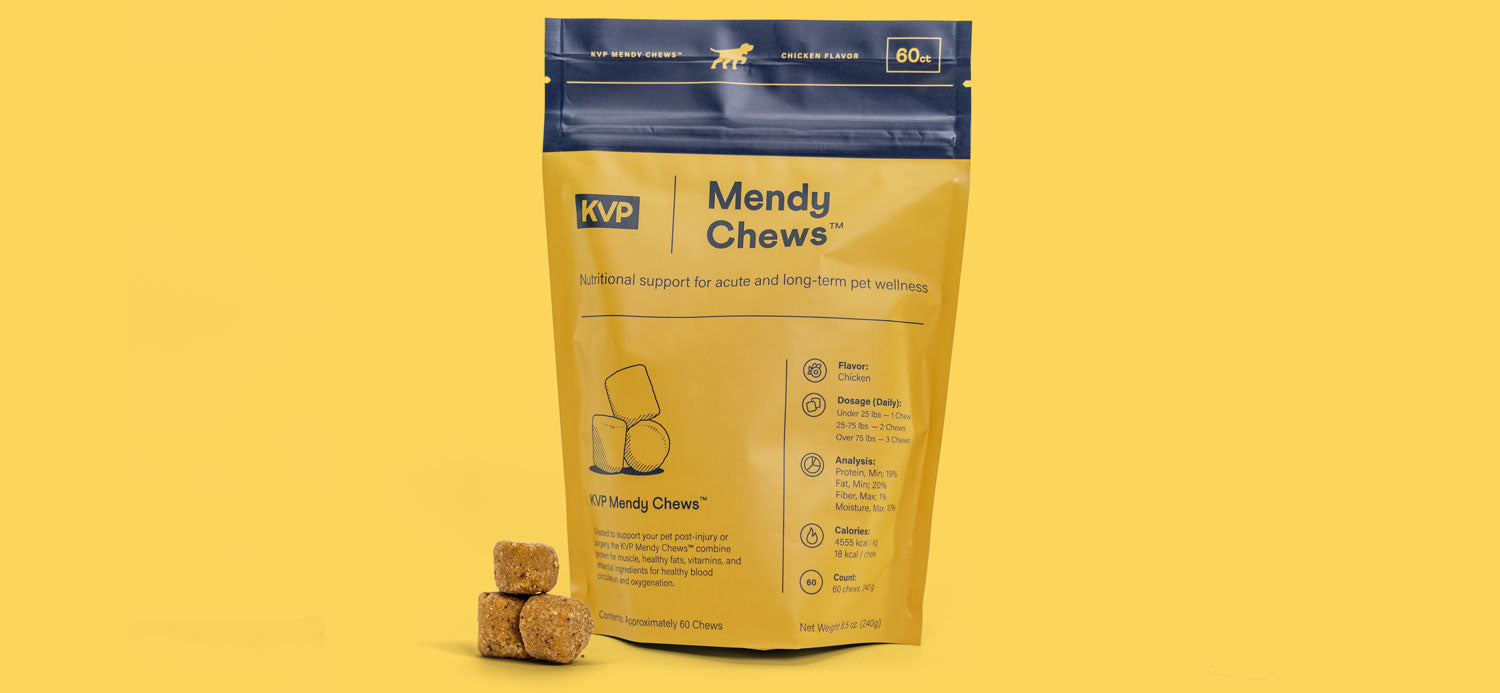What is Luxating Patella in Dogs?

How to Recognize Luxating Patella in Dogs
and How To Support Them.
About 40% of dogs with luxating patella experience concurrent Cranial Cruciate Ligament (CCL) injuries. A luxation can be medial, lateral, or bidirectional. Medial Patellar Luxation (MPL) is the most common type of luxation found in injured dogs.
What is a Luxating Patella?
The word luxation means the dislocation of an anatomical part such as the patella (or kneecap). A luxating patella is a congenital or developmental disorder that occurs when there is a malformation that causes an abnormal force on the knee. This force causes the kneecap to pop out of the patellar groove where it normally rests. Although this disorder can occur in any size dog, it is more commonly seen in smaller dogs. Luxation of the patella has four different degrees of severity. These degrees (or grades) include:
- Grade I – The patella is generally in the proper position, but when it does pop out of place it will pop back into place naturally.
- Grade II – The patella comes out of place more regularly, but can be manually put back into position.
- Grade III – The patella is out of place most of the time, but can be manually put back into position.
- Grade IV – The patella is always out of place and cannot be put back into position.
Some common signs that might indicate that your dog has a luxating patella can include:
- “Hopping” or “Skipping”
- Stiffness
- Lameness
How is Luxation of the Patella Treated?
Severe luxation of the patella (Grade III – Grade IV) is most commonly treated with surgery. However, for dogs who have a less severe degree of this disorder or surgery is not an option for them, canine knee braces might be the solution. Canine knee braces, such as the Balto Jump – Knee Brace can be used to help keep the patella in place while also protecting the leg from secondary injuries such as a CCL injury. Physical therapy, such as hydrotherapy, is also recommended for dogs suffering from this disorder. These bracing devices can be used along with hydrotherapy to help protect the knee during physical activity.






